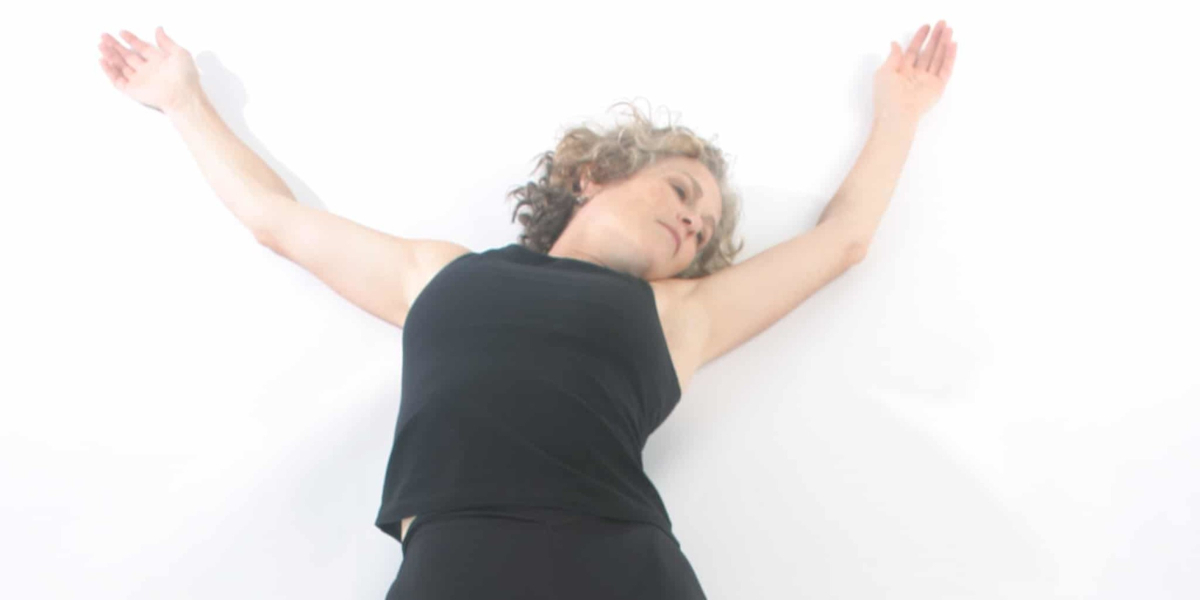
Why does mindfulness help for chronic pain?
Not many people had heard of mindfulness before the physician Jon Kabat-Zinn published his first study on meditation and chronic pain in 1982. This started an ever-growing snowball of research and analyzes that have given mindfulness and meditation the scientific weight it has today with over 6000 peer-reviewed studies.
Chronic pain, unlike acute pain, has lasted longer than six months. It creates extensive challenges for both patients, the health service and society as a whole.
In the eighties, there was little help for it beyond painkillers. Therefore, it attracted attention when the study by Kabat-Zinn showed a significant reduction in pain experience in chronic pain patients who learned to meditate.
There are many physiological reasons why meditation changes the experience of pain. For example, with brain scans, we can see visible changes in a number of areas of the brain that affect the pain experience in people who meditate.
But the most important thing is how it is experienced from within, and how it leads to many people getting their lives back.
Basic pain science
To understand the many ways meditation affects pain, it is helpful to have some basic pain science.
The most important thing we need to know is that pain is always a product of the brain – it is “output” . Earlier, it was thought that pain was a direct input signal about damaged tissue from pain receptors at the end of the nerves. Today we know that this is not true.
We don’t have pain receptors, but rather danger receptors, or nociceptors in medical language. These receptors are triggered by changes in the tissue that can be dangerous, and send signals to the brain.
Deep centers in the brain gather information from the whole body and the environment, before deciding what to send to our conscious awareness. It is only when the brain considers that the signals are important enough, that it creates a pain experience.
This means that the context for the pain is important. If the brain thinks it is more important not to focus on the danger signals, for example in the event of an acute danger to life, one does not feel much pain. And if you are not in danger of death, but are worried about the surroundings or the future, the pain will worsen.
Therefore, it is useful to look at a bigger picture of what the pain entails on a biological, psychological and social level. We call this perspective the biopsychosocial model . This is today a more and more common way of understanding health among doctors and medical professionals.
In chronic pain, the biological part often consists of a combination of poor blood supply, pinched nerves (so-called tunnel syndromes), inflammatory conditions and stress hormones. The psychological part can be depression, anxiety, or previous traumatic experiences. The social part can be loneliness, a bad marriage or work situation, or fear of social rejection.
How meditation helps
1. Equanimity
A rough classification of many mental and social challenges is to call them stress, and mindfulness till help you learn to cope with stress better. You will be more peaceful, and learn not to take in the discomfort of challenging situations or people.
Should the stress still catch you, will mindfulness help you be better at letting go of it and finding your way back to a neutral zone. We call this ability equanimity . When you have equanimity, you no longer fight against what you experience. When you do so, it is easier to make good choices for how you should react or act.
The psychiatrist Viktor E. Frankl, who survived the Auschwitz concentration camp, says in Man’s Search for Meaning 1946:
Between stimulus and response there is a space. In that space is our power to choose our response. In our response lies our growth and our freedom..
So between what you experience and how you react, you can find a small gap of equanimity. You can learn to make this space bigger and more long lasting. This is how your reaction can be turned from crisis to creativity and vitality.

2. Sensory clarity
For chronic pain, it is crucial that you get to know it intimately. Exactly where it sits, how it affects the rest of the body and mind, and how it behaves and changes.
With mindfulness, you learn to increase the clarity of the senses, with good help from increased equanimity. This clarity reduces how negative sensory experiences feed on themselves and multiply, and thus reduces the feeling of overwhelm.
You also learn to use concentration and curiosity in such a way that you understand the pain on a much deeper level. This allows you to cope better with it and find ways to heal or live with it.
Part of this exploration takes place in motion. Here you train to find new ways to use the body, and gradually increase the load in the movements where the pain occurs. The medical term for this is graded exposure. You can do this process yourself, or with the help of a physiotherapist or other competent movement therapist.
Learn more
To learn more, you may read the article on considerations for using mindfulness as pain relief. There you will see how long it takes before you can expect results, relevant meditation techniques and the main reasons why some people experience that meditation does not work for them.